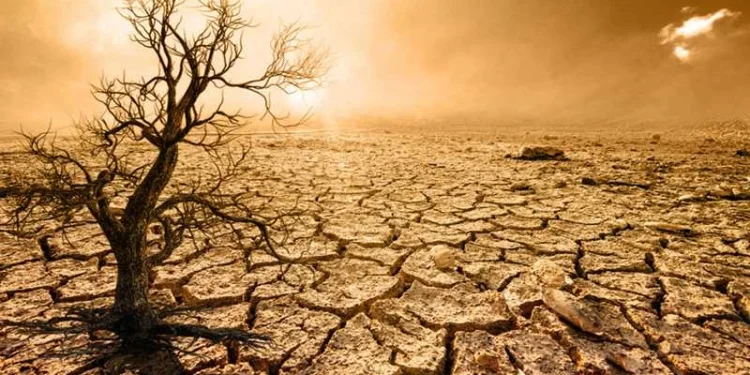Tajikistan will need $96 billion for measures to adapt the country to climate change and transition to a “green” economy.
This estimate is given in the country report on climate and development, which was prepared by the World Bank and the Committee for Environmental Protection of Tajikistan, Fergana.ru reports.
The report notes that Tajikistan will need about $17 billion for climate adaptation measures and $79 billion for reforms by 2050. These funds are necessary to implement a strategy to increase the country’s climate resilience and protect the population from the negative effects of climate change.
Tajikistan is already facing serious climate change impacts that require urgent action to protect its population and economy. According to the report, inaction could lead to significant negative consequences:
- Economic losses: by 2050, the country’s real GDP could decline by 5-6% due to the negative impact of climate change on infrastructure, livestock farming and agriculture;
- Land degradation. The annual costs associated with it are estimated at approximately $325 million. This amount is expected to double by 2050, indicating a growing problem of soil degradation;
- Air pollution. Tajikistan has the second highest air pollution-related mortality rate in Central Asia, with 84 deaths per 100,000 residents. Without strategic investment and reform, this situation could worsen;
- Social consequences. Climate change could push an additional 100,000 people into poverty. Particularly vulnerable groups are women, children and people with disabilities.
These findings highlight the need for urgent action to adapt to and mitigate climate change in Tajikistan. The report identifies five key areas to ensure a sustainable transition to a low-carbon economy:
👉 improvement of institutions and regulatory framework;
👉 implementation of inclusive climate strategies;
👉 mobilizing climate finance;
👉 adaptation in the “water – energy – food” chain;
👉 accelerating low-carbon development.
The implementation of these measures will improve the environment, reduce carbon emissions and restore degraded lands. It is expected that by 2050, almost zero emissions will be achieved in the transport and waste sectors.
The success of Tajikistan’s climate adaptation strategy will depend on the support of international partners, the active participation of the private sector and the readiness of society for change, the report says.
ℹ️ In the Environmental Threat Report published by the Institute for Economics and Peace in 2022, Tajikistan was named one of the world’s environmental hot spots. The country is included in the list of 27 states that lack the resources to deal with extreme environmental shocks. Experts note that Tajikistan is already suffering from the effects of climate change, as evidenced by:
▶️ accelerated melting of glaciers. Over the past 40 years, global warming has led to the disappearance of more than a thousand of the 13 thousand glaciers located in the mountains of Tajikistan;
▶️ changes in seasonal water availability;
▶️ increased droughts and rising temperatures.
These factors pose serious challenges for Tajikistan’s agriculture and energy sector, which relies heavily on hydropower: 98% of the country’s electricity is generated by hydroelectric power plants. Tajik President Emomali Rahmon has announced plans to double the country’s green energy capacity by 2050, thereby reducing greenhouse emissions to zero.
https://avesta.tj/2024/11/13/tadzhikistanu-na-adaptatsiyu-k-izmeneniyam-klimata-ponadobitsya-96-mlrd/ Avesta.tj – Все права защищены.

